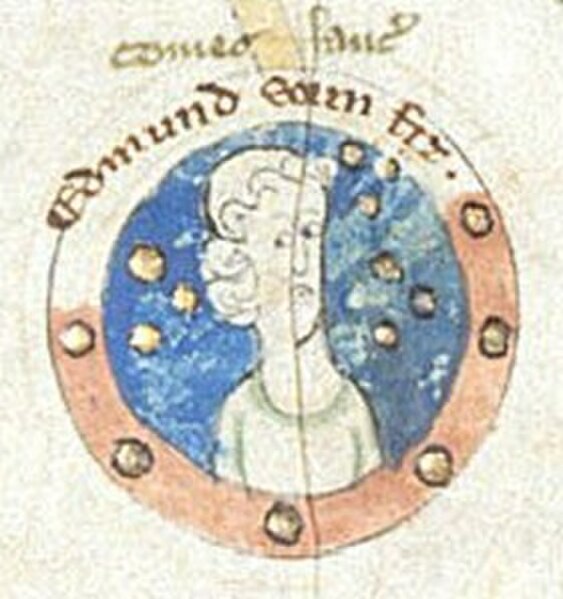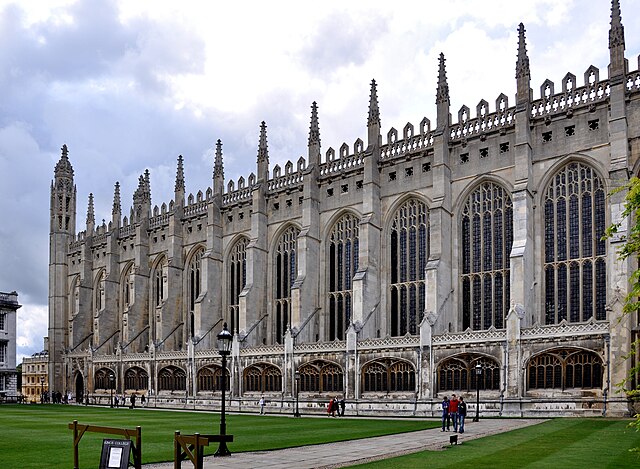The title of Earl of Lancaster was created in the Peerage of England in 1267. It was succeeded by the title Duke of Lancaster in 1351, which expired in 1361.
Image: Contemporary illustration of Edmund Crouchback
Image: Bodleian Douce 231Fol 1r Ed Crouchback And St George
Image: Portrait of Henry, Duke of Lancaster William Bruges's Garter Book (c.1440 1450), f.8 BL Stowe MS 594 (cropped)
Image: Tomb of John of Gaunt and Blanche of Lancaster
The House of Lancaster was a cadet branch of the royal House of Plantagenet. The first house was created when King Henry III of England created the Earldom of Lancaster—from which the house was named—for his second son Edmund Crouchback in 1267. Edmund had already been created Earl of Leicester in 1265 and was granted the lands and privileges of Simon de Montfort, 6th Earl of Leicester, after de Montfort's death and attainder at the end of the Second Barons' War. When Edmund's son Thomas, 2nd Earl of Lancaster, inherited his father-in-law's estates and title of Earl of Lincoln he became at a stroke the most powerful nobleman in England, with lands throughout the kingdom and the ability to raise vast private armies to wield power at national and local levels. This brought him—and Henry, his younger brother—into conflict with their cousin King Edward II, leading to Thomas's execution. Henry inherited Thomas's titles and he and his son, who was also called Henry, gave loyal service to Edward's son King Edward III.

Henry V's victory at the Battle of Agincourt
Plucking the Red and White Roses in the Old Temple Gardens (Henry Payne, c. 1908): Symbolic representation of the Wars of the Roses in art
King's College Chapel, Cambridge
Image: Contemporary illustration of Edmund Crouchback







